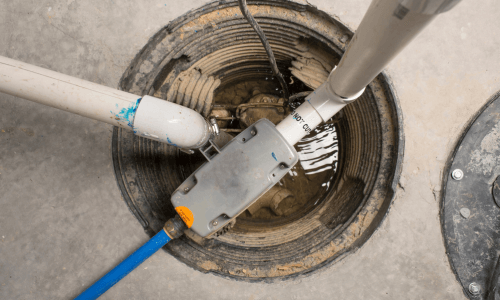
Sump Pumps Installation And Repair Services | St. Petersburg, Seminole & Pinellas County
Sump pumps are crucial components of homes and buildings, especially in areas prone to flooding or excessive groundwater. They help prevent water damage by pumping excess water away from the foundation and basement areas. However, like any mechanical system, sump pumps can experience issues over time, compromising their functionality and leaving properties vulnerable to water damage. As a trusted provider of plumbing services in the Saint Pete area, Saint Pete Plumbing understands the importance of maintaining sump pumps in optimal condition. In this comprehensive guide, we will explore the intricacies of sump pump repair services in St. Petersburg, Seminole & Pinellas County, covering common sump pump problems, detection methods, repair techniques, and preventative maintenance tips to help homeowners and property managers safeguard their properties against flooding and water damage.Understanding Sump Pump Problems:
Sump pumps may encounter various issues that can hinder their performance and effectiveness in managing groundwater and preventing flooding. Some common sump pump problems include:Failure to Turn On:
One of the most critical issues with a sump pump is when it fails to turn on when needed. This can occur due to a malfunctioning float switch, electrical issues, or a stuck impeller.Intermittent Operation:
Sump pumps may exhibit intermittent operation, where they turn on and off unexpectedly or fail to operate consistently. This can be caused by a faulty float switch, clogged discharge pipe, or inadequate power supply.Unusual Noises:
Unusual noises such as grinding, rattling, or banging coming from the sump pump may indicate mechanical problems with the motor, impeller, or bearings. These noises can signal impending failure and should be addressed promptly.Lack of Water Discharge:
If the sump pump is running but not discharging water properly, it may indicate a clogged or frozen discharge pipe, a malfunctioning check valve, or insufficient pump capacity for the volume of water.Overwhelmed Pump:
During heavy rainfall or flooding events, sump pumps may become overwhelmed by the volume of water entering the sump pit, leading to flooding and water damage. Inadequate pump capacity or improper installation may contribute to this issue.Detection Methods for Sump Pump Problems:
Detecting sump pump problems early is crucial for preventing flooding and water damage to properties. Several detection methods can help identify sump pump issues:Visual Inspection:
Conduct a visual inspection of the sump pump system, including the sump pit, pump, discharge pipe, and electrical connections. Look for signs of damage, corrosion, or wear and tear.Operational Testing:
Test the sump pump by pouring water into the sump pit and observing its operation. Ensure that the float switch activates the pump when the water level rises and that the pump effectively discharges water away from the foundation.Listen for Noises:
Listen for any unusual noises coming from the sump pump during operation, such as grinding, rattling, or banging. These noises can indicate mechanical problems that require attention.Check for Water Discharge:
Verify that the sump pump is discharging water properly away from the foundation and basement areas. Inspect the discharge pipe for clogs, obstructions, or freezing issues.Inspect Electrical Connections:
Check the electrical connections, including the power cord, plug, and circuit breaker, to ensure they are secure and free of damage. Test the electrical supply to the pump to verify proper voltage and current.Sump Pump Repair Techniques:
Once sump pump problems have been identified, prompt repair is essential to restore the functionality and reliability of the system. Depending on the nature and severity of the issue, various repair techniques may be employed:Float Switch Replacement:
If the sump pump fails to turn on or off properly due to a malfunctioning float switch, it may need to be replaced with a new switch. Float switches are inexpensive components that are relatively easy to replace.Impeller Cleaning or Replacement:
If the sump pump is making unusual noises or fails to pump water effectively, the impeller may be clogged or damaged. Cleaning the impeller or replacing it with a new one can restore proper pump operation.Discharge Pipe Clearing:
If the sump pump is not discharging water properly due to a clogged or frozen discharge pipe, the pipe may need to be cleared using a plumber’s snake, pressure washer, or chemical drain cleaner. Ensure that the discharge pipe is free of obstructions to allow for proper water flow.Check Valve Replacement:
If water is flowing back into the sump pit after the pump shuts off, it may indicate a faulty or stuck check valve. Replacing the check valve with a new one can prevent backflow and ensure one-way water flow out of the sump pit.Motor or Pump Replacement:
If the sump pump motor or pump is damaged beyond repair, it may need to be replaced with a new unit. Consider upgrading to a higher-capacity pump or a more efficient model to better meet the property’s needs.Preventative Maintenance Tips for Sump Pumps:
Preventative maintenance is key to ensuring the long-term reliability and effectiveness of sump pump systems. Here are some tips for maintaining sump pumps:Regular Inspections:
Schedule regular inspections of the sump pump system to check for signs of damage, wear, or corrosion. Inspect the sump pit, pump, float switch, discharge pipe, and electrical connections.Clean Sump Pit:
Keep the sump pit clean and free of debris to prevent clogs and obstructions that can hinder pump operation. Remove any dirt, gravel, or sediment that accumulates in the pit.Test Float Switch:
Test the operation of the float switch by pouring water into the sump pit and observing its response. Ensure that the float switch activates the pump when the water level rises and deactivates it when the water level drops.Clear Discharge Pipe:
Regularly check the discharge pipe for clogs, obstructions, or freezing issues. Clear any debris or ice buildup to ensure proper water flow away from the foundation.Backup Power Source:
Install a backup power source, such as a battery backup or generator, to ensure that the sump pump continues to operate during power outages or electrical failures. This can prevent flooding and water damage in emergency situations.St. Petersburg, Seminole & Pinellas County Sump pump repair services are essential for maintaining the functionality and reliability of sump pump systems and protecting properties from flooding and water damage. By understanding common sump pump problems, employing effective detection methods, and utilizing appropriate repair techniques, homeowners and property managers can ensure the long-term effectiveness of their sump pump systems. Saint Pete Plumbing is dedicated to providing expert sump pump repair services, helping individuals in the St. Petersburg, Seminole & Pinellas County area safeguard their properties against water damage. With proactive maintenance and attention to detail, anyone can maximize the protection provided by their sump pump system and enjoy peace of mind during heavy rainfall and flooding events. Dial (727) 800-7667





